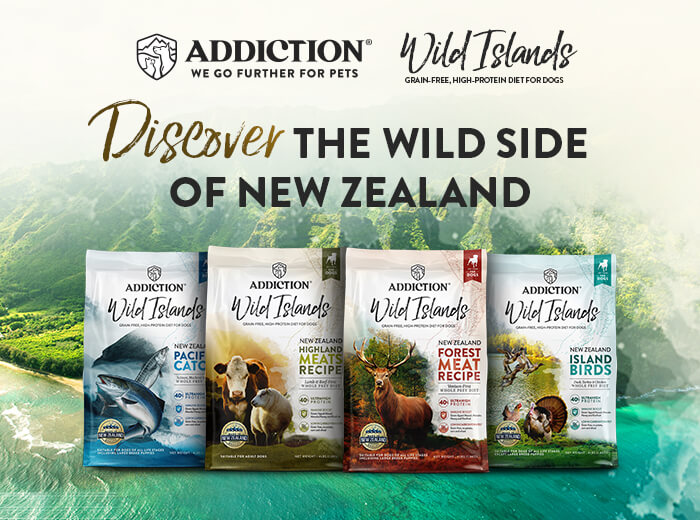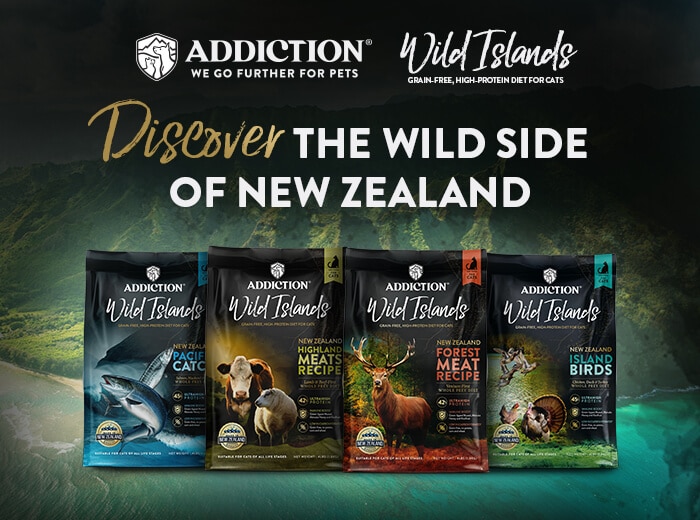It’s one of the world’s largest and strongest dog breeds. At first, it looks intimidating because of its huge size. But it’s really a gentle and loving creature. Meet the Leonberger, our featured breed of the month.
Breed history
The Leonberger’s roots can be traced to its place of origin: Leonberg, Germany, circa 1846. In a quest for a breed that will look like a lion but will still have the strengths of specific breeds, Breeder Heinrich Easing crossed the St. Bernard, the Great Pyrenees, and the Newfoundland. The result is the “Leo.” Royal families in Russia and the UK have imported and owned the Leo at one point in time. Circa 1970, the Leo found its way in the US and have become popular for its uncommon appearance and versatility.
General appearance
The Leo has a generous water-resistant double coat supplemented by shorter, finer hair in its muzzle and limbs. They require a lot of brushing, enough space for them to play, and endless love and care from you as their pet parent.
Leos are large and muscular, exuding elegance and a commanding presence. Male Leos has an average height of 75 cm (30 in) and weighs an average of 140–150 lbs (64–68 kg); female Leos is around 70 cm (28 in) in height and weighs an average of 115 lbs (52 kg).
Wikipedia describes Leos as follows: “The head is adorned with a striking black mask and projects the breed’s distinct expression of intelligence, pride, and kindliness. Remaining true to their early roots as a capable family and working dog and search and rescue dog (particularly water), the surprisingly agile Leonberger is sound and coordinated, with both strength in bearing and elegance in movement.”
Leos come in a variety of coat colors, but the following combination are acceptable: yellow, red, reddish brown, and sandy.
Temperament
Dogtemperament.com identifies three traits of Leos: friendly, obedient, and easy-going. These traits make Leos people-friendly. Leos are also sensitive. It gets upset easily when people around him are fighting, and “he may actually try to break the argument up if things get too loud.”
Is a Leonberger right for you?
Leonberger’s size may be prohibitive if you have babies and toddlers at home. Leos tend to get messy because they also shed a lot of hair (remember that they have double coats). They also love to frolic in water and mud (fun!) and they can be messy eaters, too. But if you love big dogs with loving and calm behavior (and fun company), and if you’re willing to go the mile in training, grooming, having them socialize, then by all means, get a Leonberger or adopt one.
Common health issues
Leos are among the large breeds that is prone to bloating or gastric dilatation and volvulus (GDV), also popularly known as gastric torsion. It’s when the dog’s stomach gets twisted and gas becomes trapped. This can prove to be fatal for Leos so you should rush him to your veterinarian when the following symptoms manifest: vomiting, drooling, enlarged abdomen, and inability to sit still.
Some of the illnesses Leos are predisposed to are: hip dysplasia, bone cancer, heart disease, hypothyroidism and other thyroid issues, and Addison’s disease (lower production of hormones in the adrenal glands). Due diligence on your part is needed to check other diseases a Leo may develop or contract.
Leos have a lifespan of around eight to nine years.
Diet and Nutrition
Leos are huge dogs and they require a great amount of high-quality, dry dog food. Feed him high-quality dog food that’s age appropriate, from puppy formula to adult dog food formula. Giant breeds have different nutritional needs but it should always be of high-quality, like Addiction Pet Foods’ Mega. Made specifically for big dogs with big lives, our larger kibble not only satisfies these dogs’ appetite for better bite and taste, it aids in slower eating and ultimately, better absorption of nutrients! It’s made in one of the cleanest places on Earth to manufacture pet food, New Zealand.
Buy Addiction Pet Foods in a store near you.
Is a Boxer right for you? Find out in our breed highlight here.
Like us on Facebook and follow us on Instagram for more pet health and nutrition updates.











